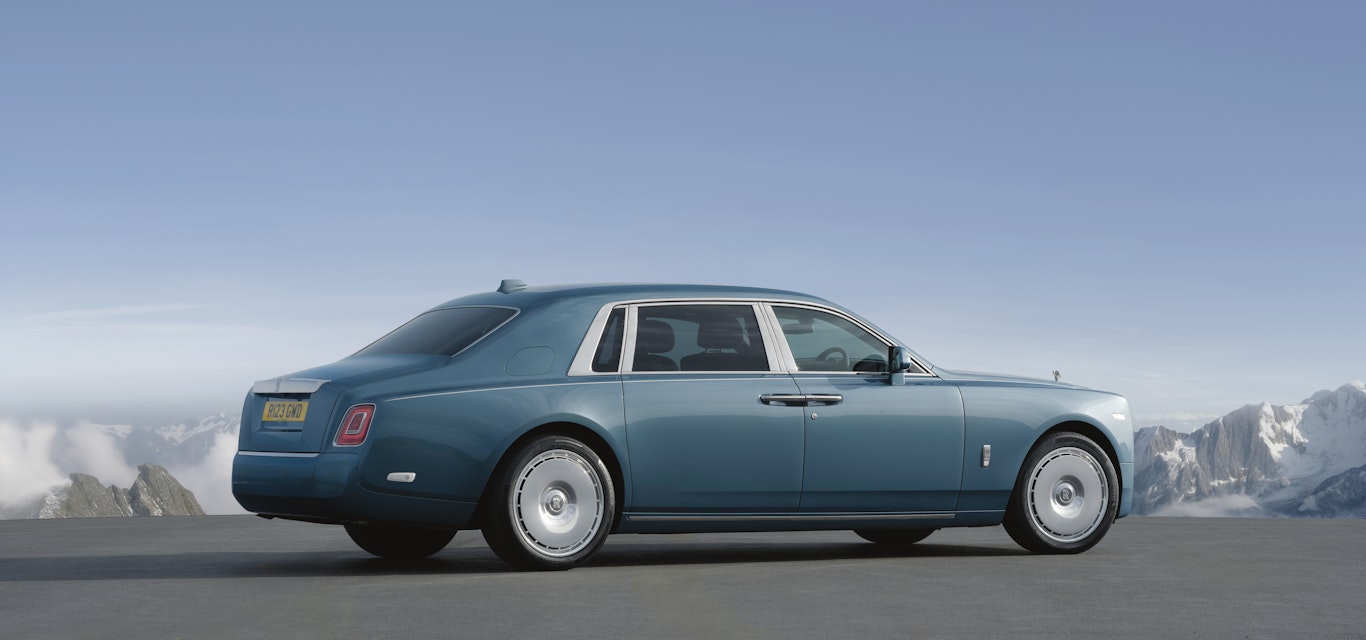In reverse: Centenary jubilee
One hundred years ago, Rolls-Royce launched the first vehicle to bear what would become the most evocative and enduring nameplate in its history: Phantom.
Model: Rolls-Royce Phantom
Engine: 7.7-litre pushrod-OHV in-line six-cylinder (the engine was described by Rolls-Royce as having “sufficient” power)
Claim to fame: Iconic British luxury car brand Rolls-Royce celebrates the 100th anniversary of its most famous nameplate, the Phantom, in 2025. Through eight generations, the Phantom has remained the pinnacle model in the marque’s portfolio, offering drivers and passengers a supremely satisfying automotive experience.
Rolls-Royce first earned the accolade of ‘the best car in the world’ with the 40/50 HP, universally known as the Silver Ghost, launched in 1906. The key to its reputation was Henry Royce’s principle of constant improvement to its underlying engineering, which he conducted on an almost chassis-by-chassis basis.
By 1921, Royce realised the Silver Ghost’s design was nearing a point where further development would compromise either smoothness or reliability, so he began work on its replacement.
The new model was announced via an advertisement in England’s The Times newspaper, on 2 May 1925, marking what would be the first recorded use of the Phantom moniker.
The name was likely coined by Rolls- Royce’s Commercial Managing Director, Claude Johnson, who recognised the sales benefits of naming products with inspiring titles such as Phantom, Wraith and Ghost.
At the time, Rolls-Royce supplied only the rolling chassis, with the form, styling and appointment of the car itself in the hands of independent coachbuilders who created bespoke bodywork to the owner’s specification.
Rolls-Royce offered the new Phantom in long-wheelbase form, suitable for formal saloon and limousine designs, and with a shorter wheelbase ideal for owner-driven cars with closed, open and ‘sportier’ coachwork.
The car’s generous proportions enabled owners to specify almost any detail or indulgence they wished. Some asked for concealable writing desks, others requested dedicated spaces to stow golf clubs, still others wanted a secret compartment in which to carry diamonds.
The original Phantom remained in production for four years before being replaced in 1929 by the Phantom II, which boasted numerous engineering and design improvements. That commitment to continuous improvement has remained at the very heart of the Rolls-Royce Phantom story ever since.
Credit: benedict campbell ltd Campbell
Today’s aluminium spaceframe-based Phantom VIII is so remarkably luxurious and technically advanced when compared to the original that it seems as if from another planet. Among its many notable features is The Gallery – an uninterrupted swathe of glass that runs the full width of the fascia, behind which the owner (or client, as Rolls-Royce prefers) can display a commissioned work of art or design.
As technically impressive as the current 6.75-litre twin-turbocharged V12- powered Phantom is, its essential purpose remains the same: to be the grandest, most impressive and most effortless car available, from the world’s grandest and most impressive car maker.
